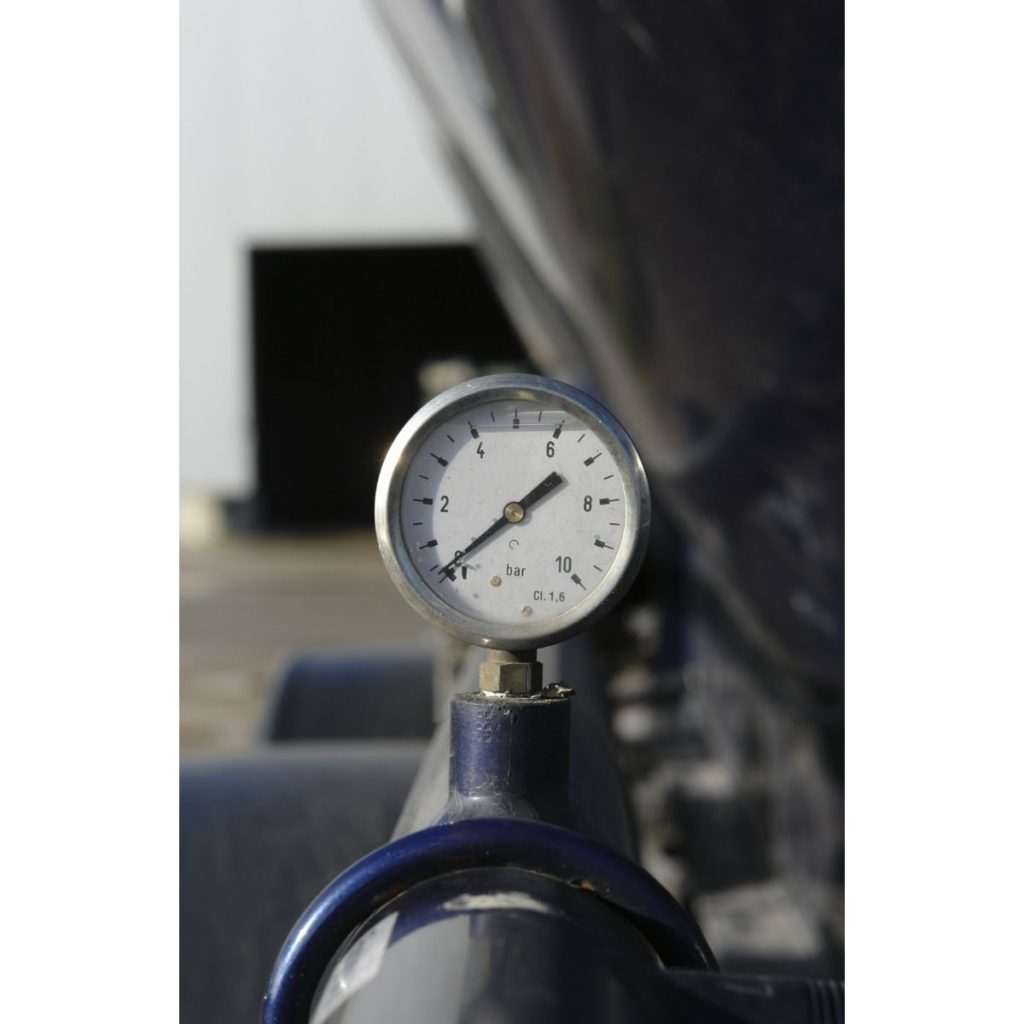Welcome to our detailed guide on how to top up the pressure on your boiler. As a homeowner, it’s essential to understand the maintenance requirements of your heating system. One common issue that may arise with boilers is a drop in pressure, leading to reduced performance and efficiency.
In this article, we’ll walk you through the process of topping up your boiler’s pressure safely and effectively. Whether you’re a novice or have some experience with boilers, you’ll find valuable information here to keep your heating system in top-notch condition.

How Do I Top Up the Pressure on My Boiler?
In this section, we’ll provide you with step-by-step instructions on how to top up the pressure on your boiler. Follow these simple steps to ensure your boiler functions optimally:
- Identify the Boiler’s Pressure Gauge: First, locate your boiler’s pressure gauge. It is usually positioned on the front panel or near the boiler’s controls. The pressure gauge resembles a small round dial with numbers on it.
- Check the Current Pressure Reading: Take a look at the pressure gauge and note the current reading. The ideal pressure for most boilers is typically between 1 and 1.5 bar, although it’s essential to consult your boiler’s manual for specific recommendations.
- Turn Off the Boiler: Before attempting to top up the pressure, ensure that the boiler is switched off. This precautionary measure will prevent any accidents while you work on the system.
- Locate the Boiler’s Filling Loop: The filling loop is a flexible hose with valves at both ends. It is used to add water to the boiler and increase the pressure.
- Connect the Filling Loop: Attach one end of the filling loop to the cold water supply, and the other end to the boiler. Make sure the connections are secure but not overly tight.
- Open the Valves: Gently open both valves on the filling loop. This will allow water to enter the boiler and increase the pressure.
- Monitor the Pressure Gauge: Keep an eye on the pressure gauge as you add water. Aim to reach the recommended pressure level for your boiler. Be cautious not to exceed the maximum pressure.
- Close the Valves and Disconnect the Filling Loop: Once you’ve reached the desired pressure, close the valves on the filling loop. Disconnect it from the boiler and the cold water supply.
- Turn On the Boiler: With the filling loop removed and the valves closed, it’s safe to turn the boiler back on. Allow the system to run and stabilize for a few minutes.
- Check for Leaks: After topping up the pressure, inspect the boiler and its connections for any signs of leaks. If you detect a leak, it’s crucial to address it promptly.
- Recheck the Pressure Gauge: Finally, double-check the pressure gauge to ensure it remains within the recommended range. If needed, repeat the topping-up process.

Understanding the Importance of Boiler Pressure
Maintaining the correct pressure in your boiler is essential for its efficient and safe operation. When the pressure is too low, it can lead to heating inefficiencies, potential boiler shutdowns, and even damage to internal components. On the other hand, excessive pressure can strain the system and cause leaks or failures.
If you’re unsure about how to top up the pressure or notice that the pressure keeps dropping, it’s a good idea to contact a professional heating engineer or boiler technician. They can diagnose any underlying issues and perform necessary repairs or maintenance to keep your boiler in excellent condition.
Frequently Asked Questions (FAQs)
FAQ 1: Why is the pressure in my boiler dropping?
The pressure in your boiler may drop due to several reasons. Common causes include small water leaks, bleeding radiators, or an issue with the pressure relief valve. If you experience frequent pressure drops, it’s best to have a qualified engineer inspect your system.
FAQ 2: Can I top up the pressure while the boiler is running?
No, it is not recommended to top up the pressure while the boiler is running. Turning off the boiler before adding water ensures your safety and prevents potential hazards.
FAQ 3: How often should I check the boiler’s pressure?
You should check your boiler’s pressure regularly, ideally once a month. This simple task can help you identify any issues early and prevent more significant problems.
FAQ 4: What should I do if the pressure gauge exceeds the recommended range?
If the pressure gauge shows a reading beyond the recommended range, you should release some water from the system using the boiler’s pressure relief valve. If you’re unsure how to do this, consult a professional.
FAQ 5: Can I use a different filling loop for my boiler?
It is best to use the filling loop provided with your boiler or one recommended by the manufacturer. Using an incompatible filling loop can lead to leaks or damage to the system.
FAQ 6: Is topping up the pressure a permanent solution?
Topping up the pressure is often a temporary solution to maintain the boiler’s functionality. If you notice a persistent drop in pressure, it’s crucial to have the boiler inspected to identify and address the underlying issue.
Conclusion
Congratulations! You’ve now learned how to top up the pressure on your boiler. By following the step-by-step instructions provided in this article, you can ensure your boiler operates efficiently and reliably. Remember to check the pressure regularly and address any recurring issues promptly.
A well-maintained boiler not only enhances your comfort but also contributes to energy efficiency and cost savings. However, if you ever encounter challenges or are uncertain about handling boiler-related tasks, don’t hesitate to seek professional help from certified technicians.
Keep your heating system in top shape, and enjoy a warm and cosy home throughout the year!

